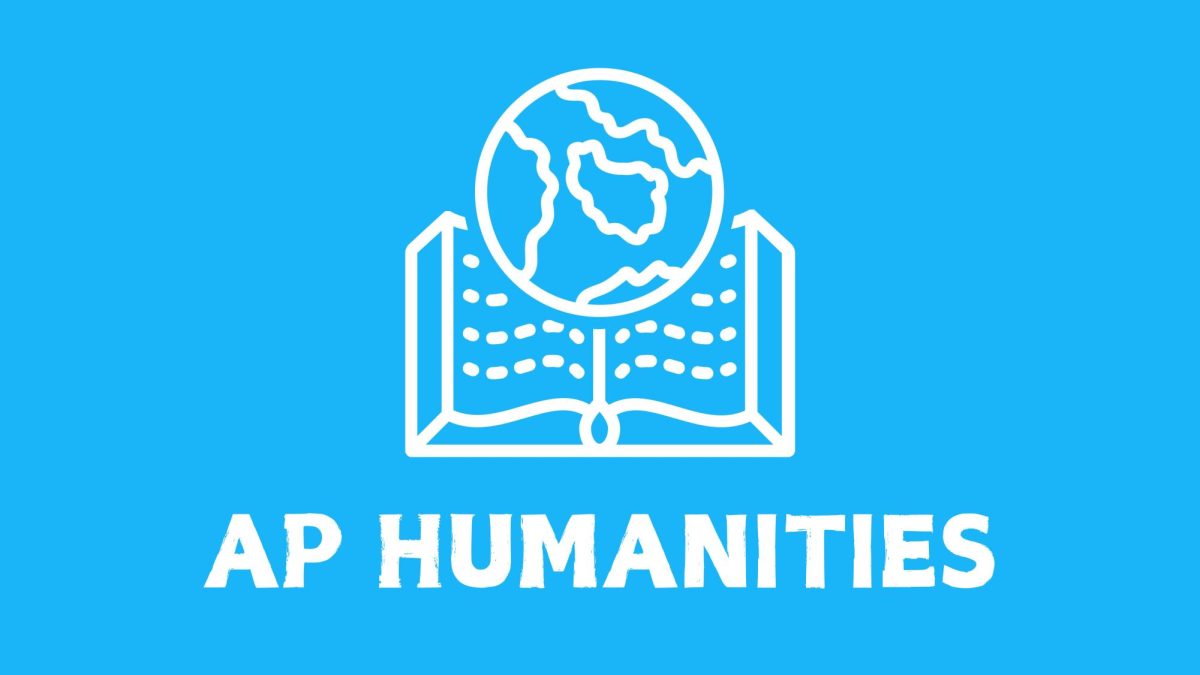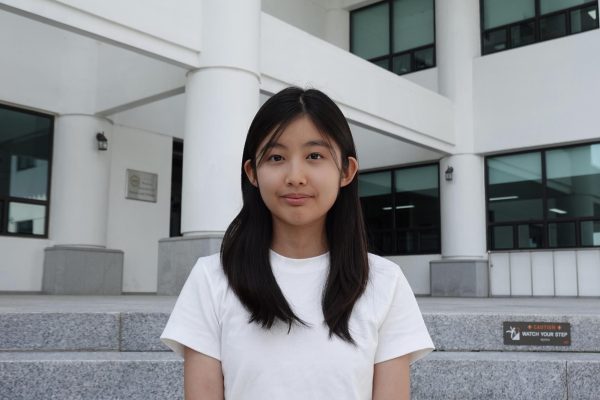As students log into Powerschool at the end of each year to select courses for the following school year, a question fills their heads: which courses should I take? Students submit their course selections, hoping to get into courses based on their aspiring pursuit in college. However, for many students who aspire to major in social sciences, the lack of humanities AP courses at SIS raise concerns.
APs are a crucial point for all high school students selecting courses, and since they offer universities an insight into how well a student can perform in college-level courses. Therefore, they require students to consider which classes they can best work in and how beneficial they may be in appealing their academic rigor. In particular, courses relating to a student’s aspiring future major show colleges how passionate students are in a certain academic area.
Currently, only six out of the 17 AP courses offered at SIS are social sciences courses excluding AP Research. This fact is reflected in an Instagram poll, where 64 percent of participants answered that SIS lacks a variety of humanities AP subjects.
“I think there should be a more diverse spectrum of humanities courses,” Alina Lee (10), aspiring humanities major, said. “AP World History is good but there should also be [other subjects like] European history.”
There are a variety of humanities AP subjects that SIS can implement: Human Geography, Comparative Government, and US Government are a few examples. Adding these courses will not only allow students who are interested in the subjects to expand their knowledge, but also allow students who were uninformed about such subjects to expand their scope of interest as a scholar.
Despite the advantages of implementing more social sciences APs, there seem to be legitimate reasons why these AP subjects are not being implemented.
“The primary academics of students at the school lean more towards STEM” Chris DelVecchio, AP coordinator at SIS, said. “There is no intent to disadvantage or de-prioritize social studies. Historical enrollment numbers brought us to the balance we have now.”
Indeed, many schools’ implementation of subjects depend on the general demand of the student population. If the majority of the student demographic lean towards a certain type of studies, it makes sense that schools try to supply the courses than those with a lesser demand. In the case of SIS, higher enrollment numbers in STEM explain the paucity of social studies APs.
Adding new APs to the curriculum that are similar to pre-existing courses may also cause problems in finding the number of students to fill both classes. In the case where the content of an AP class and a regular class on the same subject are similar, students will opt to choose the course that gives them a higher benefit of receiving college credit, leaving an inadequate enrollment number in the regular course.
“If we added an AP Government, then that’s naturally going to draw kids away from the non-AP Government and Politics course,” Mr. DelVecchio said. “But it’s important to have non-AP, upper-level electives.”
While adding more humanities AP courses may allow students to explore their interests in different fields and advance their scope of interest, it fails to take into account the practicality of doing so: balancing new APs with pre-existing subjects, and finding students to enroll into the courses. Therefore, It is important that students strive to discover their interests in the courses provided.


